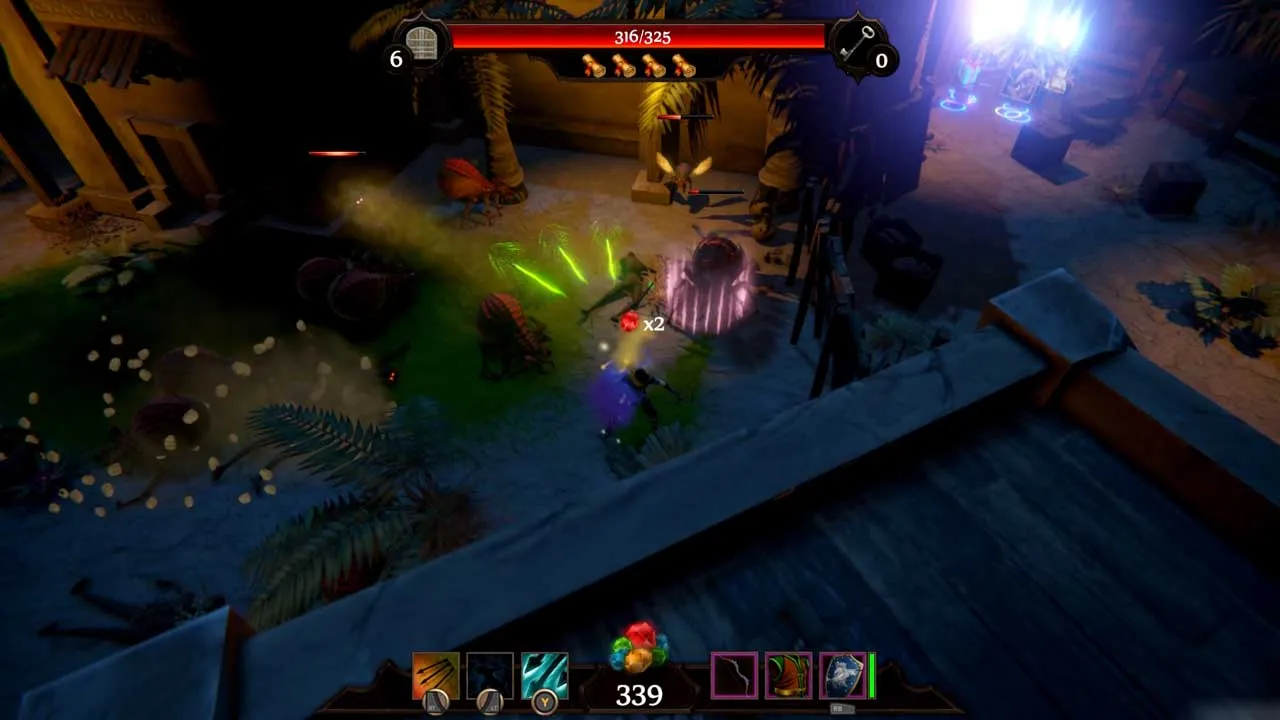
Pylon: Rogue – A Challenging Rogue-like ARPG
The term “hardcore gamer” refers to a dedicated group who seek intense challenges in gaming, representing a small fraction of the global population. Unlike casual gamers who play for relaxation, hardcore gamers gravitate towards demanding genres like rogue-likes. Rogue-likes are not a specific game genre but rather a distinct game mode characterized by procedural generation, where levels, events, and item combinations are randomized. Each playthrough offers a unique experience, often lacking a structured storyline and potentially leading to unbalanced encounters.
Developed by QuantumSquid Interactive, Pylon: Rogue attempts to blend the rogue-like formula with the classic action RPG genre. Since its release, it has garnered positive reviews on Steam. This review explores the strengths and weaknesses of Pylon: Rogue to understand its appeal and potential drawbacks.
Thrilling Action Gameplay
Pylon: Rogue immerses players in a fantasy world filled with formidable challenges designed to test true heroes. Its rogue-like structure ensures each playthrough presents a different world map with varying themes (forests, deserts, dungeons) and layouts. The world map features branching paths leading to randomized events: treasure chests, shops, or deadly combat encounters, creating unique experiences with each new game.
The game offers four distinct characters with unique classes and playstyles: the well-rounded Paladin, ideal for beginners; the durable Stone Golem, perfect for those who prefer brute force; the nimble Archer, suited for players skilled in kiting and hit-and-run tactics; and the Assassin, unlockable after completing the game once, a glass cannon character with high damage output but low survivability.
 PYLON: Rogue – Đánh Giá Game
PYLON: Rogue – Đánh Giá Game
With its rogue-like structure, each playthrough presents a different world map with varying themes and layouts.
Interestingly, each character boasts different weapon and skill combinations. For instance, the Paladin can wield a sword and shield, dual shields, or a two-handed axe. This significantly impacts combat style and gameplay, offering diverse experiences despite the limited number of classes.
The combat system is straightforward. Each character has a basic attack, a defensive move (block or dodge), and an ultimate ability. Players must balance offense and defense, strategically moving to evade attacks and utilizing their ultimate ability effectively. The arena-style levels create thrilling moments as enemies swarm the player with varied attack patterns while healing items remain scarce. Blindly hacking and slashing like in Diablo will likely result in frequent game overs.
Subpar Graphics and Optimization
At first glance, Pylon: Rogue might impress with its seemingly appealing 3D graphics. Detailed character models and flashy visual effects can be captivating—until one remembers that it’s an indie game. Indie developers, despite their talent, often face financial and technological constraints. Graphics are often a weak point, leading many to opt for 2D visuals.
 PYLON: Rogue – Đánh Giá Game
PYLON: Rogue – Đánh Giá Game
QuantumSquid Interactive clearly put effort into the visuals, but the results are underwhelming. Upon closer inspection, the character models lack polish, appearing slightly better than early 2000s low-polygon models. The environments are the real downfall, with low detail, artificial colors, and simplistic layouts.
The character models, environments, monsters, and combat effects feel disjointed.
The character models, environments, monsters, and combat effects feel disjointed. They are poorly integrated, relying heavily on blur and bloom effects to mask their flaws, which proves largely ineffective. Furthermore, Pylon: Rogue suffers from poor optimization. Even on a high-end PC, the game struggles to maintain a stable frame rate above 30 FPS, a disappointing performance given the dated visuals.
Punishing Difficulty
 PYLON: Rogue – Đánh Giá Game
PYLON: Rogue – Đánh Giá Game
 PYLON: Rogue – Đánh Giá Game
PYLON: Rogue – Đánh Giá Game
Rogue-likes are known for their difficulty, catering to hardcore players. However, Pylon: Rogue takes it several steps further. The core issue lies in game balance, as character damage output often feels insufficient against the durable and numerous enemies.
Each level consists of multiple waves of diverse enemies spawning from various locations. The scarcity of healing items exacerbates the challenge. Even with focused combat and evasion, the sheer number of enemies and their relentless attacks chip away at the player’s health. Completing a single level is no easy feat, especially considering that each “node” on the map can contain nearly a dozen progressively harder levels.
Even with focused combat and evasion, the sheer number of enemies and their relentless attacks chip away at the player’s health.
While Pylon: Rogue features RPG elements, with chests at the end of each level offering randomized weapons and equipment, these upgrades don’t significantly increase player power. The rogue-like nature of the game, where death resets progress and all acquired items are lost, further amplifies the difficulty.
Finally, while each character has multiple “variants” with different playstyles, most are locked behind progression walls, requiring players to complete specific levels to unlock them. While not inherently bad, the high difficulty makes these challenges discouraging, as the unlocked variants primarily offer variety rather than a noticeable power boost.
Conclusion
Pylon: Rogue presents a challenging and engaging experience for hardcore rogue-like enthusiasts. The diverse character builds and randomized levels ensure replayability. However, the subpar graphics, poor optimization, and punishing difficulty may deter less experienced players. While the game has potential, these technical and balance issues hold it back from reaching a wider audience.
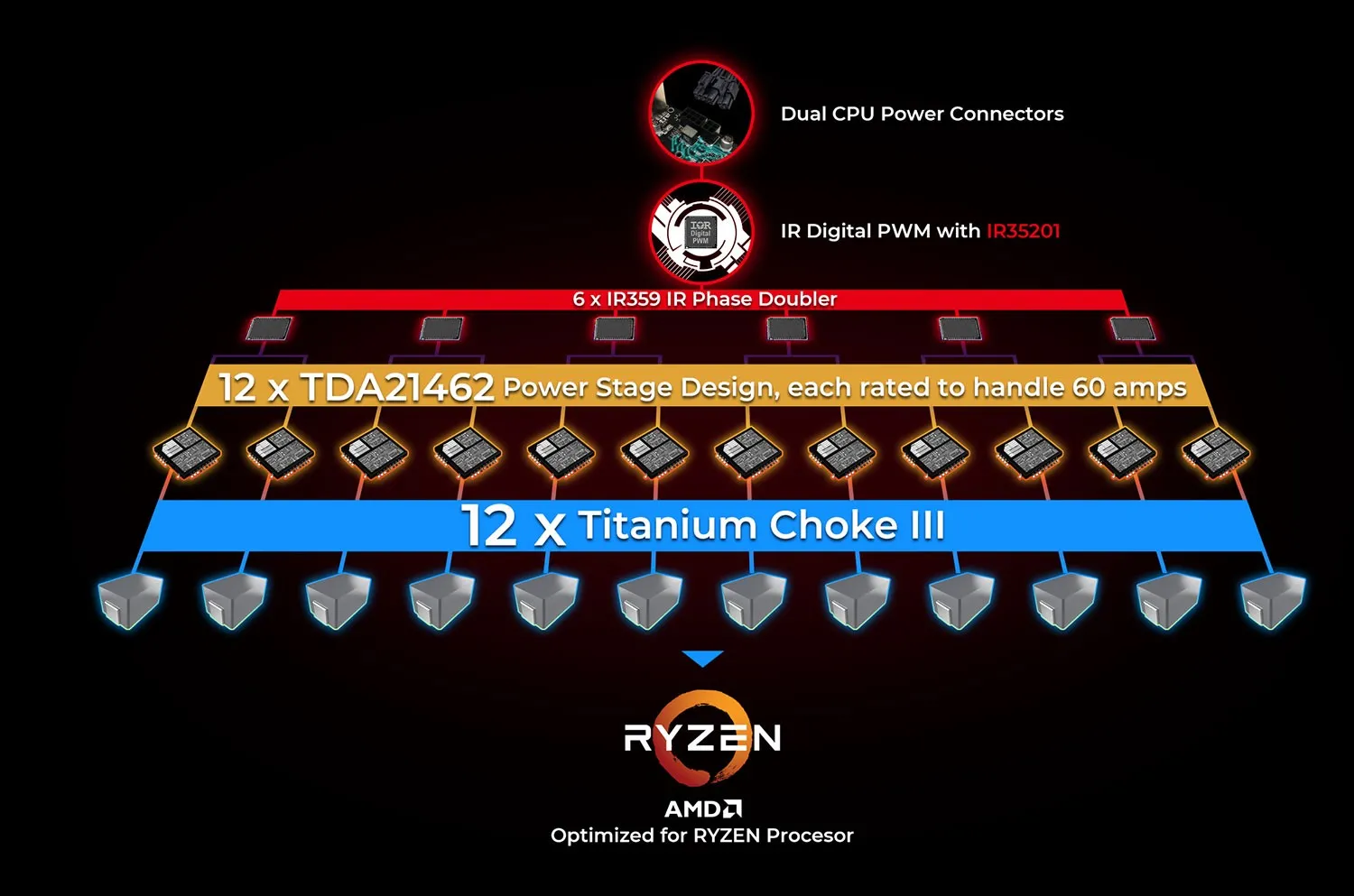
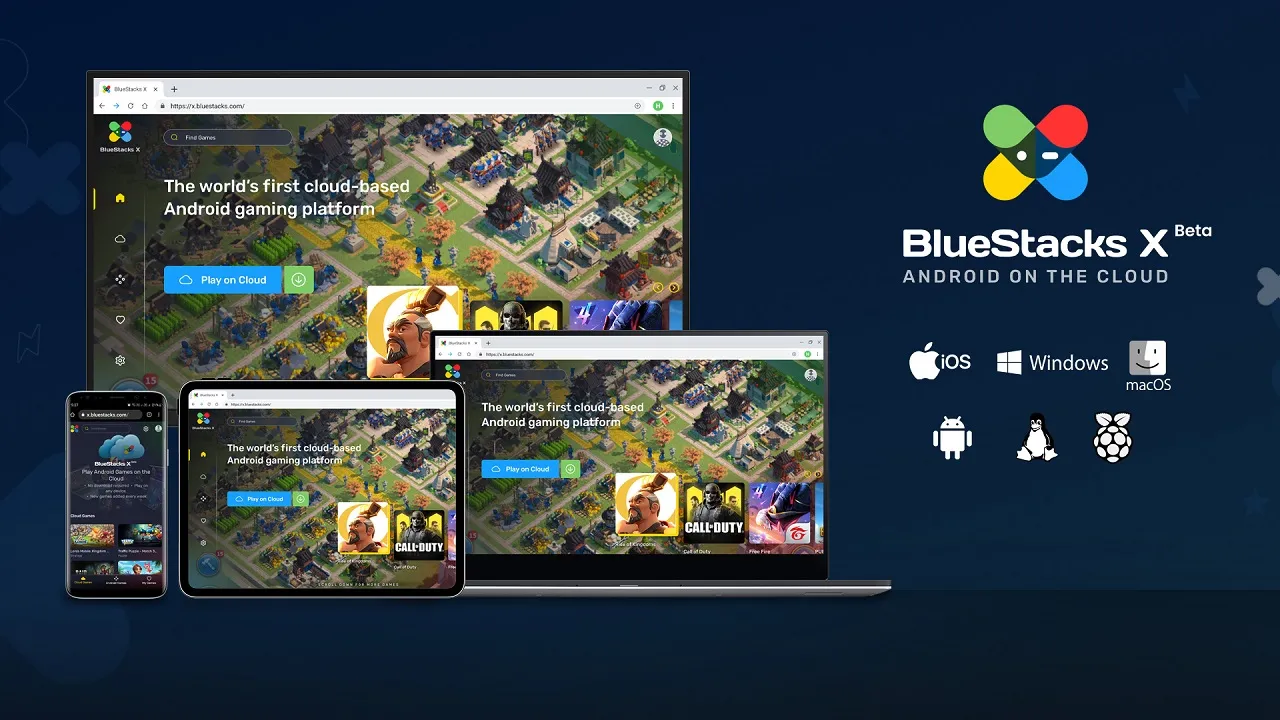
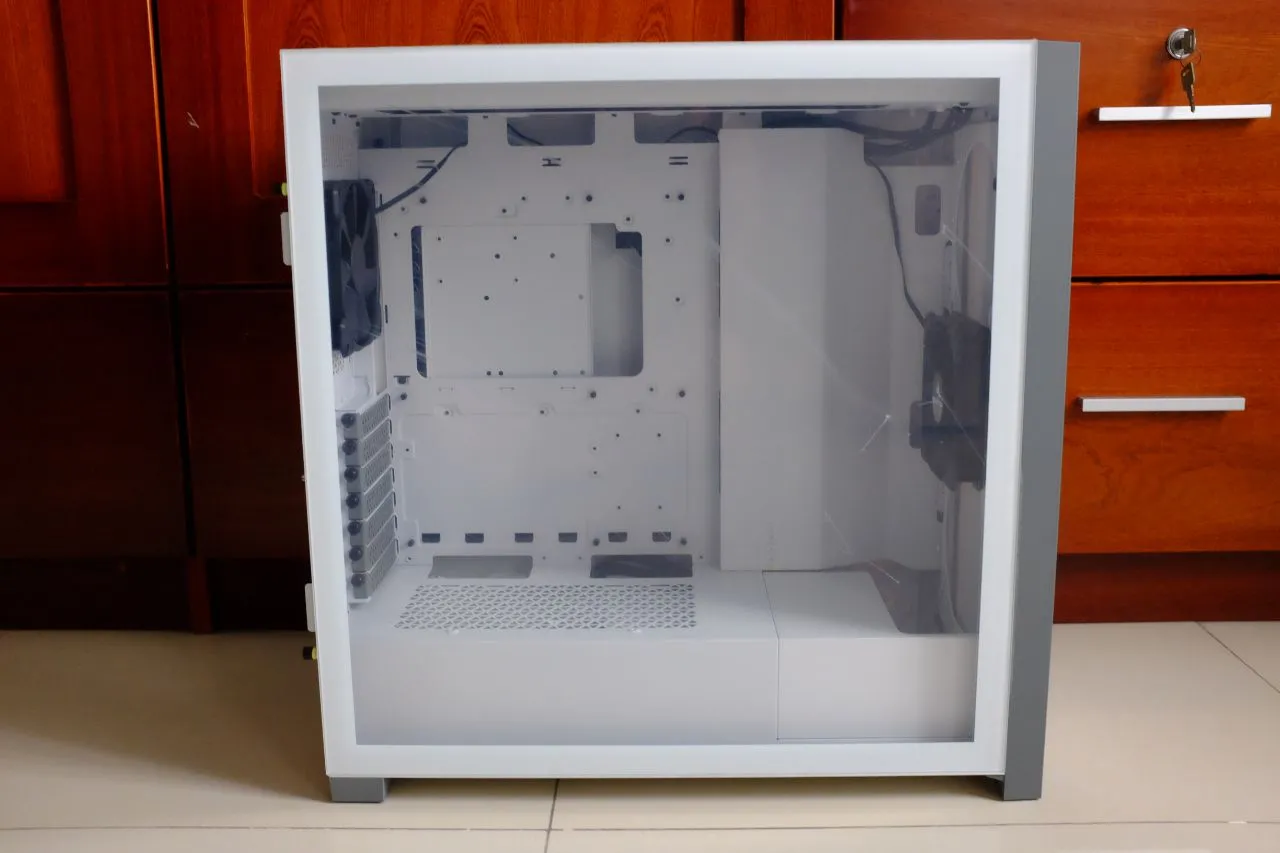
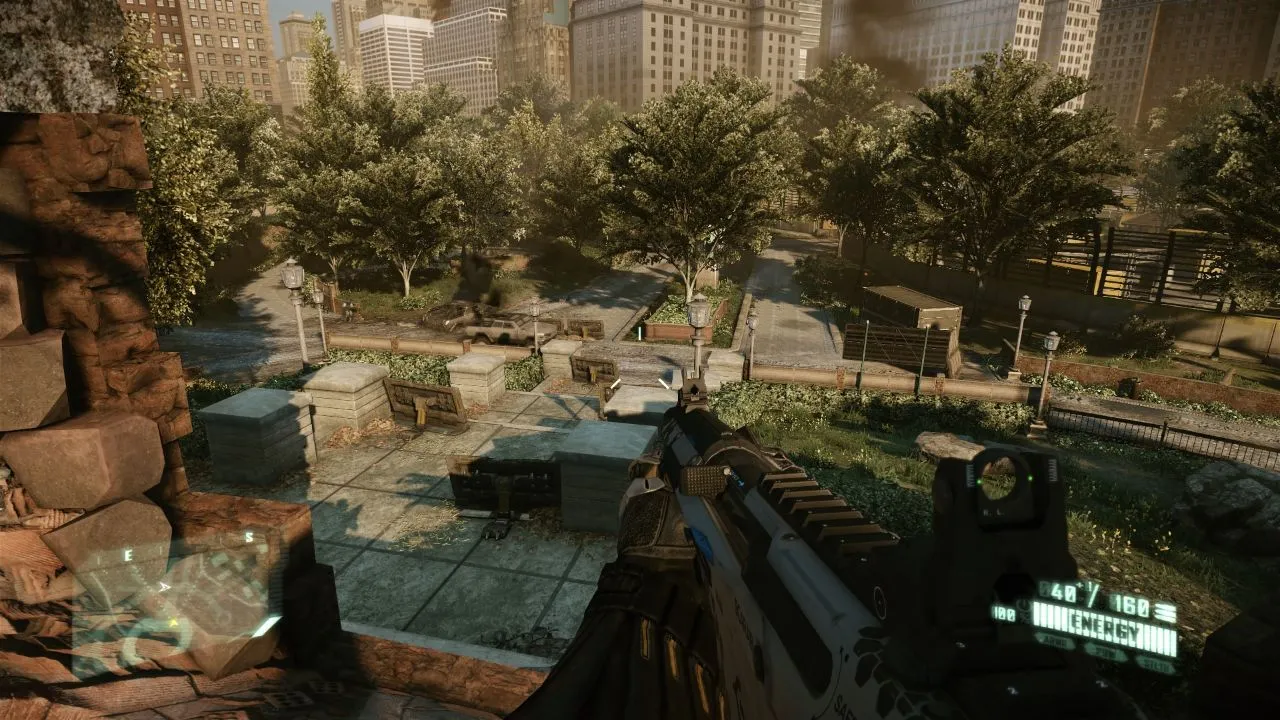
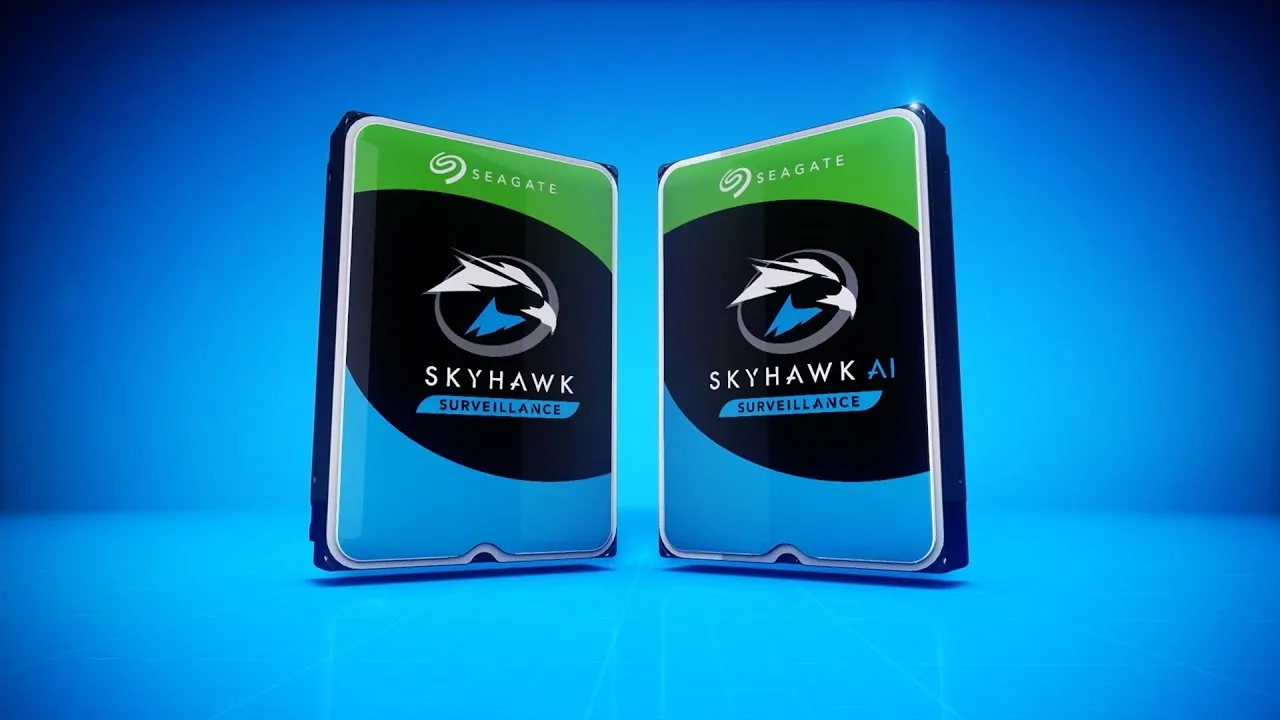
Comments (0)